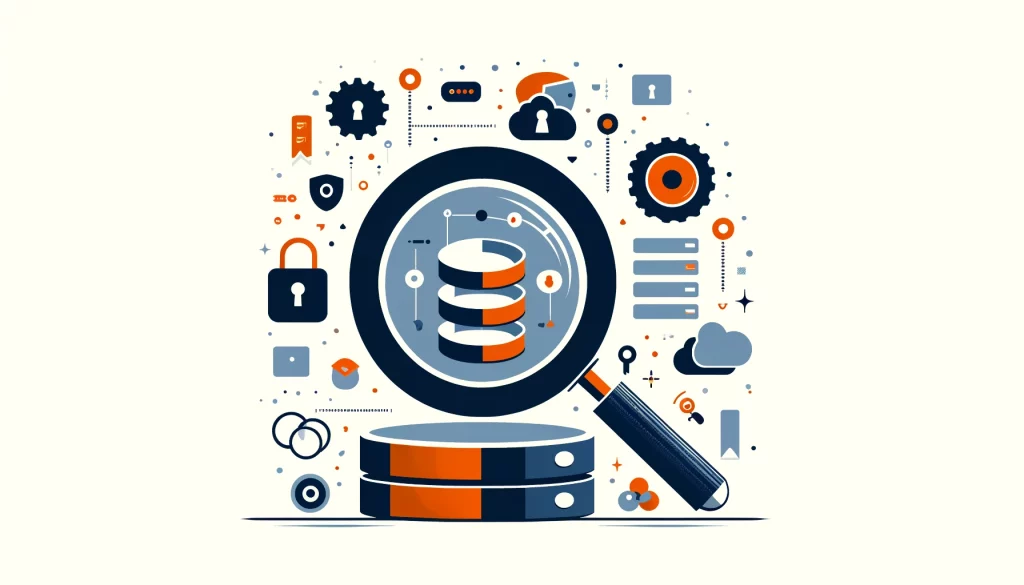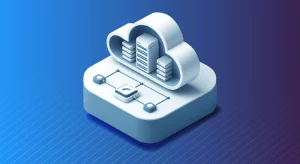
Fine-Grained Access Control

Companies must ensure that sensitive data is protected from unauthorized access while still making it available to those who need it for legitimate business purposes. This is where fine-grained access control comes in.
What is Fine-Grained Access Control?
Fine-grained access control (FGAC) is a security approach that allows organizations to control access to resources at a very granular level.
Instead of simply granting or denying access to an entire database or system, FGAC allows you to specify exactly who can access individual points, under what conditions, and what they can do with that info.
The “fine-grained” part of the term refers to the level of specificity and precision in the controls.
With such method, you can set different permissions for different users, groups, or roles, and you can apply these permissions to specific rows, columns, or cells of data rather than entire tables or databases.
For example, you might allow your sales team to view customer contact information but not credit card numbers. Or you might let your HR department update employee records but not view salary information. FGAC gives you this level of precision and control.
The Need for Granular Data Access Control
In the past, many organizations relied on coarse-grained controls. Users were granted broad access to entire systems or databases based on their job role. While this approach was simpler to manage, it also created security risks.
Employees often had access to far more information than they needed, increasing the potential impact of a breach or insider threat.
As breaches have become more frequent and costly, and as privacy regulations like GDPR have introduced steep penalties for mishandling PII, the need for more granular control has become clear.
FGAC helps organizations adhere to the principle of least privilege, ensuring that users only have access to the specific data they need to do their jobs.
Benefits of Fine-Grained Access Control
Implementing offers several key benefits for organizations:
Enhanced Security: By limiting access to sensitive information, FGAC reduces the risk of data breaches, whether from external attackers or insider threats.
Improved Compliance: Many privacy regulations, such as GDPR, CCPA, and HIPAA, require organizations to implement strict controls over who can access PII. FGAC control helps meet these requirements.
Increased Flexibility: With fine-grained access control, organizations can tailor access permissions to their specific business needs. This allows for greater flexibility compared to RBAC.
Better Data Governance: FGAC gives organizations more visibility and control over how their resources are being used, supporting better governance practices.
Challenges of Implementing Fine-Grained Access Control
While the benefits of FGAC are significant, implementing it can be challenging.
Some of the key challenges include:
Complexity: FGAC policies can be complex to design and manage, especially for large organizations with many users and assets.
Performance Impact: Applying granular access controls can impact system performance, especially if controls are applied at query time.
Maintenance: As organizations grow and change, maintaining fine-grained policies can become a significant administrative burden.
Despite these challenges, the importance of protecting sensitive data makes FGAC a necessity for modern organizations.
Best Practices for Fine-Grained Access Control
To implement FGAC effectively, organizations should follow these best practices:
Understand Your Data
The first step in implementing it is to understand your data. You need to know what data you have, where it resides and who needs to access it. This requires a comprehensive data discovery and classification process.
You should categorize your resources based on its sensitivity level and the potential impact if it were to be breached. This will help you prioritize your access control efforts and ensure that the most sensitive data is properly protected.
Define Clear Policies
Once you understand your data, you need to define clear access control policies. These policies should specify who can access what data, under what conditions, and what they can do with that information.
Your policies should be based on the principle of least privilege, giving users only the access they need to perform their job duties. You should also consider factors such as job role, location, time of day, and device type when defining your policies.
It’s important to involve all relevant stakeholders in the policy definition process, including IT, security, legal, and business unit leaders. This helps ensure that your policies align with business needs while still maintaining security and compliance.
Implement Strong Authentication
To enforce your access control policies, you need to implement strong authentication mechanisms. This ensures that only authorized users can access sensitive data.
Multifactor authentication, which requires users to provide two or more forms of identification, is a best practice for sensitive data access.
This could include something the user knows (like a password), something the user has (like a security token), or something the user is (like a fingerprint).
You should also implement measures to prevent unauthorized access, such as automatic logout after a period of inactivity, and blocking access from untrusted devices or locations.
Monitor and Audit
Implementing FGAC policies is not a one-time event. You need to continuously monitor and audit access to ensure that your policies are being followed and to identify any suspicious activities.
You should log all access to sensitive info, including who accessed the data, when, from where, and what actions they took. These logs should be regularly reviewed for anomalies, such as unusual access patterns or failed login attempts.
Regular audits, both internal and third-party, can help validate that your access controls are effective and identify areas for improvement.
Use the Right Tools
Implementing and managing FGAC can be complex, especially for organizations with large amounts of data and many users. Using the right tools can help automate and simplify the process.
Access platforms provide features for implementing it across multiple databases and stores.
These tools allow you to define and enforce access policies, monitor and audit access, and generate compliance reports, all from a centralized interface.
When choosing tools, look for solutions that offer:
- Granular controls at the row, column, and cell level
- Support for multiple stores and databases
- Integration with your existing authentication and authorization systems
- Detailed logging and auditing capabilities
- Easy policy definition and management
- Regularly Review and Update Policies
Your policies should not be static. As your organization grows and changes, your policies will need to evolve as well.
You should regularly review your policies to ensure they still align with your business needs and risk profile. This should be done at least annually, and more frequently if you undergo significant organizational changes.
When updating your policies, be sure to communicate any changes to affected users and provide training as needed to ensure continued adherence.
The Prospects of Fine-Grained Access Control
As data continues to grow in volume and importance, the need for FGAC will only increase.
We can expect to see continued innovation in this space, with new technologies and approaches emerging to help organizations manage access to their sensitive information.
Some trends to watch include:
Increased Automation: Machine learning and artificial intelligence will increasingly be used to automate the creation and enforcement of access control policies based on patterns of data usage.
Decentralized Approaches: Decentralized access control models, such as those based on blockchain technology, may gain traction as a way to give individuals more control over their PII.
Continuous Authorization: Rather than granting access based on a single initial authentication, continuous authorization techniques will continuously verify a user’s identity and context to ensure they should still have access.
Regardless of the specific approaches that emerge, the fundamental principles of FGAC – understanding your data, defining clear policies, enforcing strong authentication, monitoring and auditing access, and using the right tools – will remain essential for protecting resources in the digital age.
Conclusion
FGAC is no longer a nice-to-have – it’s a critical necessity for organizations of all sizes and industries.
By implementing granular controls over who can access sensitive data, under what conditions, and what they can do with that info, organizations can significantly reduce their risk of breaches, ensure compliance with privacy regulations, and build trust with their customers and stakeholders.
While implementing fine-grained access control can be challenging, following best practices and using the right tools can help streamline the process.
By taking a proactive, comprehensive approach to controlling access to data, organizations can turn their resources from a liability into a competitive asset, driving innovation and growth while ensuring the highest levels of security and privacy.
